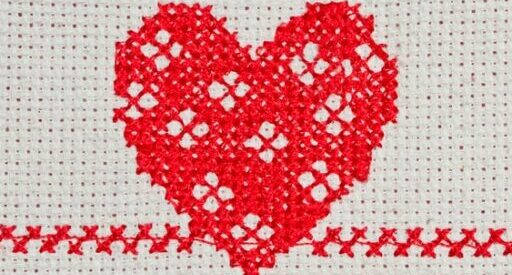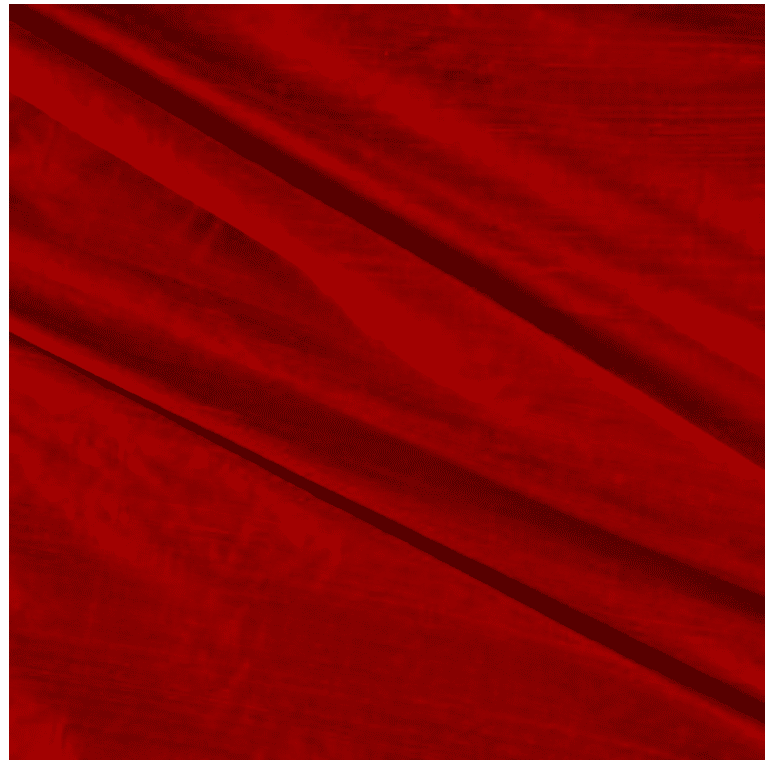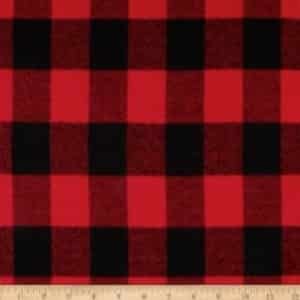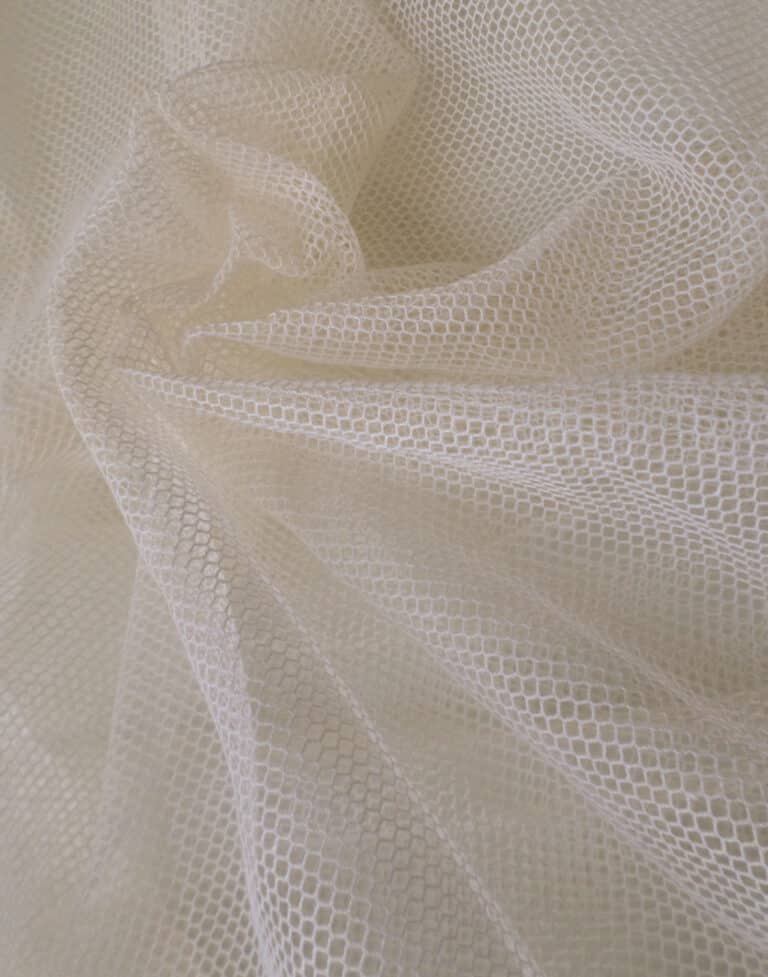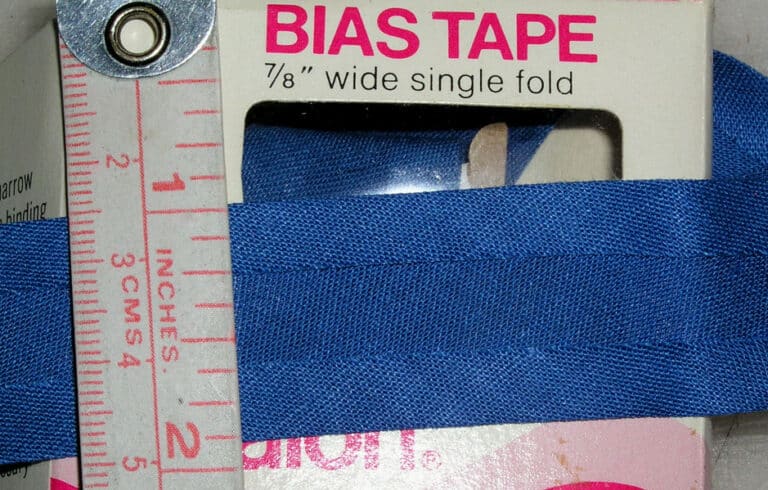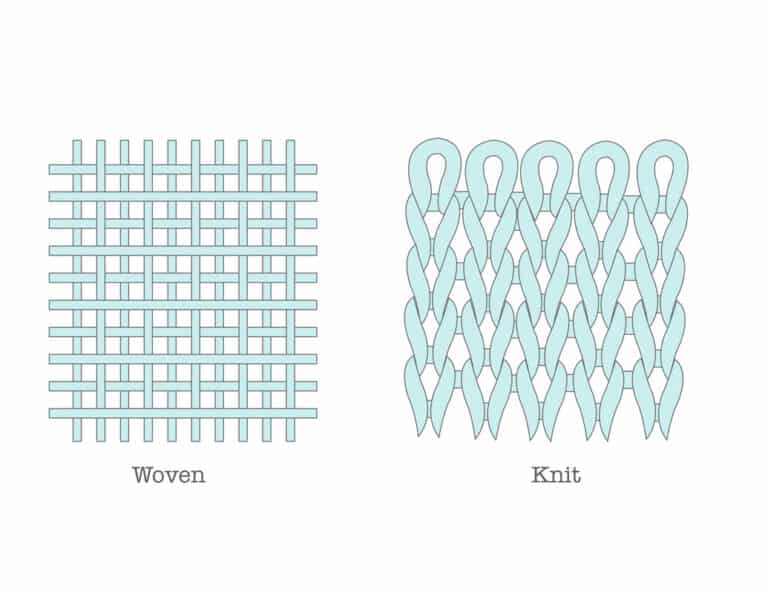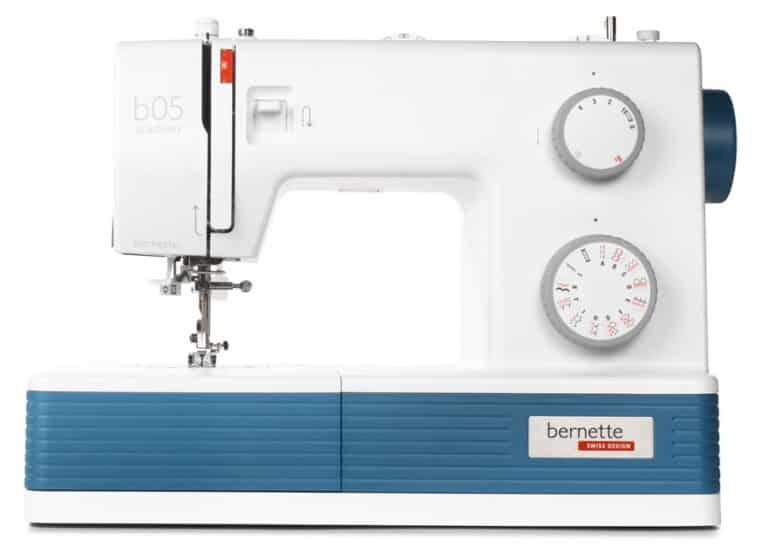What Does A Bobbin Do In A Sewing Machine?
 A bobbin is a small metal, wood, or plastic spool that keeps the thread in your sewing machine stable and in its place. You can find a small cylinder connected to the thin wheels of the bobbin to wrap the thread.
A bobbin is a small metal, wood, or plastic spool that keeps the thread in your sewing machine stable and in its place. You can find a small cylinder connected to the thin wheels of the bobbin to wrap the thread. | Topic | Summary |
|---|---|
| Purpose of a Bobbin in a Sewing Machine | The bobbin holds the thread in a sewing machine, allowing it to sew the fabric. It is placed below the needle and supports the lower thread, which combines with the top thread to create stitches. |
| Parts of a Bobbin in a Sewing Machine | – Bobbin Winder: Loads the thread onto the bobbin evenly. – Bobbin Tension: Controls the tension of the thread in the bobbin. – Bobbin Case: Keeps the bobbin stable and supports the thread as the machine sews. |
| Things to know about a bobbin | – Cut the thread tail after finishing to prevent interruption. – Use the specified bobbin type for your machine. – Avoid swapping plastic and metal bobbins of similar size. – Two to three bobbins usually come with a sewing machine. |
Table of Contents
- 1 What is the purpose of a Bobbin in a Sewing Machine?
- 2 Parts of a Bobbin in a Sewing Machine
- 3 Things you should know about what does a bobbin do in a sewing machine
- 4 A step-by-step guide to wind a bobbin
- 4.1 Tools Required to Wind the Bobbin
- 4.2 Setting up the Place
- 4.3 Step 1: Begin with a spool of thread and an empty bobbin
- 4.4 Step 2: Pass the thread inside the bobbin winder
- 4.5 Step 3: Lock the thread
- 4.6 Step 4: Inserting the Bobbin inside the bobbin winder shaft
- 4.7 Step 5: Locking the Bobbin
- 4.8 Step 6: Start Winding
- 4.9 Step 7: Make sure you have a tightly wound bobbin
- 4.10 Step 8: Loading the wound bobbin in the bobbin case
- 4.11 Step 9: Take help from a guide or instruction manual
- 4.12 Final Verdict for what does a bobbin do in a sewing machine
- 5 Some Common Problems and Solutions to Sewing Machine Bobbin
- 6 Frequently Asked Questions
- 7 Final Thoughts
What is the purpose of a Bobbin in a Sewing Machine?
What does a bobbin do in a sewing machine? In one line, the function of the bobbin is to hold the thread. Just like cylinders and cones, bobbin can hold yarn, wires, or many other weaving supplies.
There is a special compartment inside the sewing machine below the needle where you can place the bobbin. You can insert the bobbin in a bobbin case or as it is. They are made from plastic or metal.

Parts of a Bobbin in a Sewing Machine
To fully understand the purpose of a bobbin on a sewing machine, you should know about the essential parts of the bobbin.
Bobbin Winder
Sewing Machines are usually equipped with a built-in bobbin winding system. The system works to load the thread. It makes sure that the thread is loading effectively into the bobbin.
Also, you need to wind the bobbin evenly, just like a spool of the thread. It ensures that no thread is thicker compared to another, and there are no knots or tangles. In case you find knots, immediately unwind the thread and redo the step.
Bobbin Tension
The bobbin tension came along with the bobbins. Being a beginner sewer, you might not have to deal with this part. However, you can reset the bobbin tension as per your requirement.
It is recommended to keep the bobbin tension in a factory setting until you have gained some sewing experience.
Bobbin Case
As the name suggests, the Bobbin case will keep the bobbin stable as you sew. Thus, the sewing machine will neatly unwind the bobbin. In case the machine uses an automatic thread cutter, the bobbin will support the thread as the auto-cutter does its function.
Things you should know about what does a bobbin do in a sewing machine
Before you move forward to the step-by-step process of winding the bobbin, you should know few essential things about the bobbin. By learning about the bobbin, you can use it more efficiently to your advantage.
- You should never leave the thread tail outside holding upwards. It can interrupt the connection of the bobbin thread with the top thread. So, make sure to cut the bottom after finishing the work.
- Never swap plastic and metal bobbins of similar size. Each sewing machine has a particular tension setting. The tension will change using the heavy metal bobbin when your machine can handle a light plastic bobbin. Also, the plastic bobbin might bulge if the machine is filled with excess tension.
- How many bobbins are enough for sewing? Generally, two to three bobbins come with the sewing machine. Nonetheless, you will require about 30 bobbins if you are doing some serious work.
A step-by-step guide to wind a bobbin
Now, you know what a bobbin does in a sewing machine and what functions it has in a sewing machine. But, to make the most out of a bobbin, you need to know how to properly and evenly wind the bobbin.
Therefore, we have given you step-wise instructions so you can follow each step easily.
Tools Required to Wind the Bobbin
Below is the list of materials and tools you will need to wind the bobbin on a sewing machine.
- Scissors
- Empty Bobbin
- Needle
- Sewing Machine
- Thread
Identify yourself with the parts of the sewing machine while winding the bobbin:
- Handwheel
- Bobbin winding stopper
- Thread guide
- Bobbin Winding spindle
- Spool Pin
- Bobbin Winding Tension Disk
In some sewing machines, you will find all the parts above the machine. This makes it convenient to wind the bobbin.
Setting up the Place
Before you begin to wind the bobbin, make sure you have done the below-mentioned things.
- Place the sewing machine on the table and plug it in a power source.
- Get all the materials ready.
- Keep the start guide or instruction manual with you.
Whiling winding the bobbin, you will have to load the lower and upper thread. Using the two threads, the machine can make the desired stitches on your fabric.
Now it’s time to begin the step-by-step process of winding the bobbin.
Step 1: Begin with a spool of thread and an empty bobbin
In this step, you will situate the thread spool on the thread pin of the machine. With the help of a spool cap, it will hold the thread in its place.
Always remember to use the bobbin that is specified for your embroidery machine or sewing machine. Also, you should not wind the thread on the half-full bobbin.
The bobbin cover plate or bobbin holder will get damaged if the bobbin uses the wrong tension due to the wrong size.
Step 2: Pass the thread inside the bobbin winder
If you want to pass the thread into the bobbin winder, you have to situate the thread pin and thread pool together above the machine.
Now, pull out the thread on the left side of the machine. In a counter-clockwise direction, wind the thread along with the pre-tension disc, which is connected with the thread guide.
Step 3: Lock the thread
In the empty bobbin, you can find two small holes where you can pull the thread end. Now, you wind the thread many times around the bobbin’s central pillar.
Step 4: Inserting the Bobbin inside the bobbin winder shaft
The bobbin winder shaft is also known by the name bobbin winder spin or bobbin winder spindle. In other machines, you will have to click the bobbin winder on the right as soon as you turn the bobbin clockwise.
Step 5: Locking the Bobbin
After securing the bobbin, you can pull the extra thread from the slit placed on the bobbin base. Leave a short thread tail by trimming the thread’s end to run it through the needle’s eye.
Step 6: Start Winding
To wind the bobbin, power the sewing machine and start the foot pedal. You will incorporate multiple layers to have a full bobbin.
Most sewing machines come with fast-winding functions where you have to use the foot controller. All you need to do is press the button, and the machine will take care of the rest.
Step 7: Make sure you have a tightly wound bobbin
If the bobbin is not wound tightly, the bobbin’s top will not fit within the bobbin case. At the same time, you cannot fully load the bobbin with excess thread. Then, you will have to unspool the thread and cut the additional part.
Step 8: Loading the wound bobbin in the bobbin case
Now that you have fully loaded the wound bobbin, you need to place it in the bobbin case. While the machine is performing the stitching, the bobbin case will provide the lower thread.
Lift the presser foot and needle to their maximum height to load the bobbin. After that, take out the bobbin cover. In the round slot, you will place the bobbin. You can find an arrow on your machine giving directions on how to place the bobbin.
Once placed, you can pull the bobbin thread’s end through the tension of the machine spring and add the bobbin cover.
Step 9: Take help from a guide or instruction manual
If you find any difficulty during the process, you can always take help from the instruction manual. The manual displays each instruction with pictures and labels so that you can wind the bobbin comfortably.
Pros
- Easy to assemble. Just place the bobbin in its desired compartment
- Can have more thread per bobbin
- Low chance of backlash
- Provide consistent stitching
Cons
- Can be costly
- Without proper knowledge on how to wind bobbins, you could damage your whole bobbin supply.
Final Verdict for what does a bobbin do in a sewing machine
The method is quite simple and straightforward. All you need to collect the materials and instruction manual with you. Follow the steps very diligently, and you are good to go.
Some Common Problems and Solutions to Sewing Machine Bobbin
Once you have properly wind the bobbin, the thread should be evenly distributed and secured. Nevertheless, it shouldn’t be tight that could stretch the thread.
So, you need to consider the things that can result in an uneven wind of the bobbin. Let’s discuss the following problems along with their solutions to help yourself in such situations.
A bobbin is winding unevenly
Most people usually face the problem when the bobbin begins to wind unevenly. It can create uneven tension, which results in thread break, irregular stitching, and thread jams.
To prevent uneven winding, you can do the following:
- Always use the specified bobbin for the machine.
- In case the thread gets tangled during winding, it will cause uneven wind of the bobbin.
- Make sure to fill the thread only via winding tension discs. This way, the thread can have proper tension and would be placed next to one another.
- You can always use your fingers to prevent tapered ends while winding the bobbin.
Bobbin Winder Malfunction
The computerized machine seems to experience the problem where bobbin or bobbin winder stops working.
How to solve such a problem? Here are some suggestions for you to follow:
- Again check whether you have the right size of bobbins or not.
- Next, verify that the bobbin groove and bobbin winder shaft spring are aligned. Press the bobbin down in its place.
- Verify whether the thread is correctly passed from the bobbin winding guide.
- Inspect below the small bobbin pin. You can find if there is any thread that remains tangled around the needle that the bobbin holds. You can free the thread with tweezers.
- Sometimes, dust particles also cause the bobbin winder to stop functioning.
- Another reason could be the thread is tightly wound. You need to unwind the bobbin to make the winder work.
The sewing machine is not taking the bobbin thread
Sometimes, even if you have done everything right, the sewing machine does not pick the bobbin thread.
To make sure this situation does not happen with you, check the following:
- After winding the bobbin, push the bobbin-winding spindle to its original position. When not positioned correctly, the needle will not be able to pick the thread.
- Ensure that the length of the bobbin thread must be about 4 inches.
- Check that needle is placed appropriately. The needle’s flat side should be along the rear of the sewing machine.
- Check that needle is not defective, too big, or small for the machine. If so, change the needle with a new one, and you will not find any difficulty where the needle is not picking the bobbin thread.
- Ensure that the bobbin is inserted in a counter-clockwise direction.
Frequently Asked Questions
What should you do when the bobbin thread does not come out?
As you turn the handwheel towards you and you are not able to get hold of the bobbin thread, check if the bobbin winding spindle is not pushed to the left. In that case, the needle will not go down to grab the bobbin thread.
What should you do to have consistent bobbin pressure?
If you have used the correct bobbin for your machine, you won’t always have to change the bobbin tension. If you use plastic bobbins, they can get loose, which makes it hard to get the right tension. Thus, you can swap plastic bobbins with metal bobbins to check if there is any improvement.
What to do when your bobbin case gets stuck?
You can simply remove the bobbin case to inspect the problem. The reason could be that heavy-duty canvass or leather needle had an impact on the bobbin case. So, take out the bobbin case and the button plate of the machine. If you find anything stopping the operation, remove it and place it again.
Final Thoughts
Most people don’t pay attention to the bobbin when it does an essential function of the machine. Without a bobbin, your machine cannot function. However, it is important to use the bobbins made only for your specific machine, and you wind it evenly.
Now, you have a comprehensive idea of what does a bobbin do in a sewing machine. It’s your time to practice and make the most out of your sewing machine by designing beautiful stitches.
